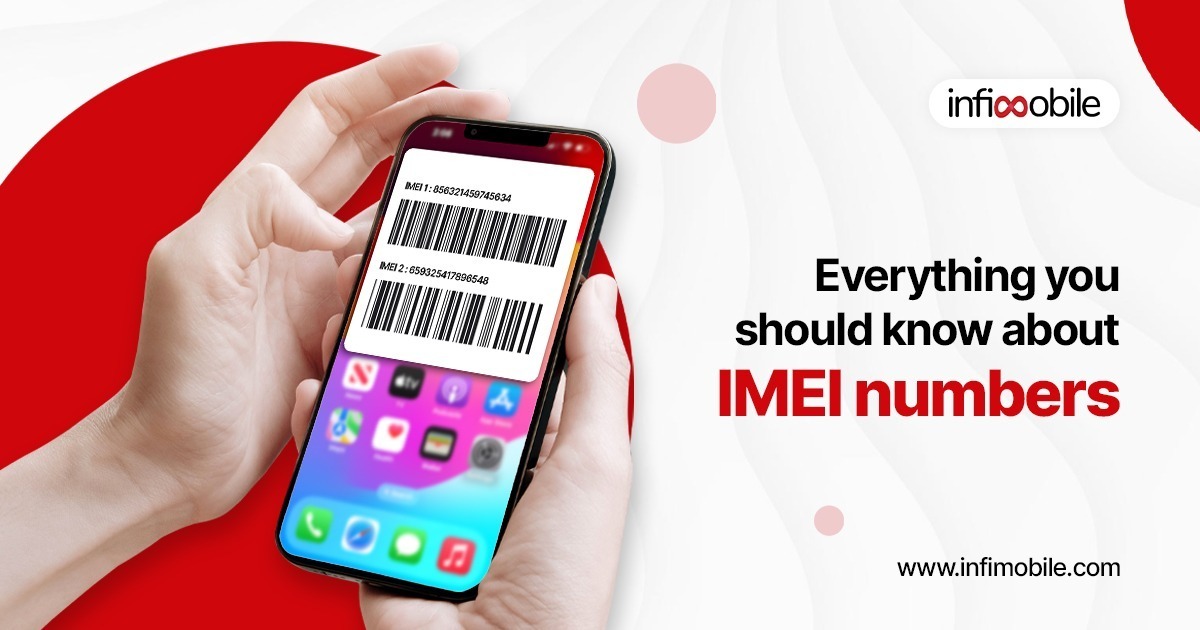In today’s digitally connected world, understanding the difference between Wi-Fi and cellular data is crucial for anyone relying on mobile connectivity. This article offers insights into choosing optimal network providers, understanding the benefits of prepaid SIM cards, and evaluating data-only SIM card options.
About WiFi
Wi-Fi data serves as a cornerstone of wireless internet connectivity, primarily within the confines of a router’s range. It plays a vital role in residential and commercial settings across the USA, offering high-speed internet access without impinging on your mobile data allowance. Particularly effective for activities requiring substantial bandwidth, such as streaming and large-scale downloading, Wi-Fi is often integrated with broadband services and is a common feature in public spaces.
Key Points:
- Offers high-speed connectivity within its range.
- Does not impact mobile data quotas.
- Ideal for data-intensive activities.
About Cellular Data
Cellular data, provided by network carriers in the US, forms the backbone of mobile internet connectivity. It facilitates uninterrupted internet access while moving, covering a much wider area than Wi-Fi. However, it often comes with certain limitations like data caps and variable speeds, contingent upon factors like location and network congestion.
Key Points:
- Provides extensive coverage, which is essential for mobile use.
- Subject to the terms of your mobile carrier’s data plan.
- Speed and reliability can vary based on location and network conditions.
- Choosing the Right Mobile Network and SIM Options in the USA
Selecting a mobile network or SIM card in the USA, whether a prepaid SIM, a data-only SIM, or a conventional postpaid plan, involves considering various factors. Coverage area, data speed, cost, and customer service quality are paramount. A thorough comparison of the available mobile networks and SIM options is crucial to finding a plan that aligns with your specific needs.
Major difference between Wi-Fi and Cellular Data
Both Wi-Fi and cellular data play distinct yet complementary roles in providing internet access. Wi-Fi is suited for stationary high-speed connectivity, whereas cellular data offers mobility and broader coverage. Understanding these differences allows users to balance their usage, optimizing their overall connectivity experience.
Choosing the right network provider or the most appropriate SIM card in the USA can significantly enhance your mobile experience. Whether you need a SIM card for travel or prefer a prepaid option for better expenditure control, the right choice depends on your personal usage patterns and requirements.
FAQs
When you’re at home, school, or work, turning on Wi-Fi could be a smart idea. Your phone’s battery drains more quickly when using cellular data than when using Wi-Fi. In summary, if you trust the network, use Wi-Fi whenever possible. Preserve both your finances and data.
Plans for cellular data are typically more costly than those for Wi-Fi. While cellular data may limit the amount of data you can use, Wi-Fi enables limitless access without data caps.
Wi-Fi has a restricted range and can only be used at home, school, or public locations with a router. On the other hand, mobile data is always accessible when your phone has good reception since it connects to cellular towers
Conclusion
Get in touch with us for detailed information on selecting the most suitable mobile network, prepaid SIM card options, or data plans in the USA. At Infimobile, we are dedicated to providing you with the best connectivity solutions tailored to your unique requirements.







